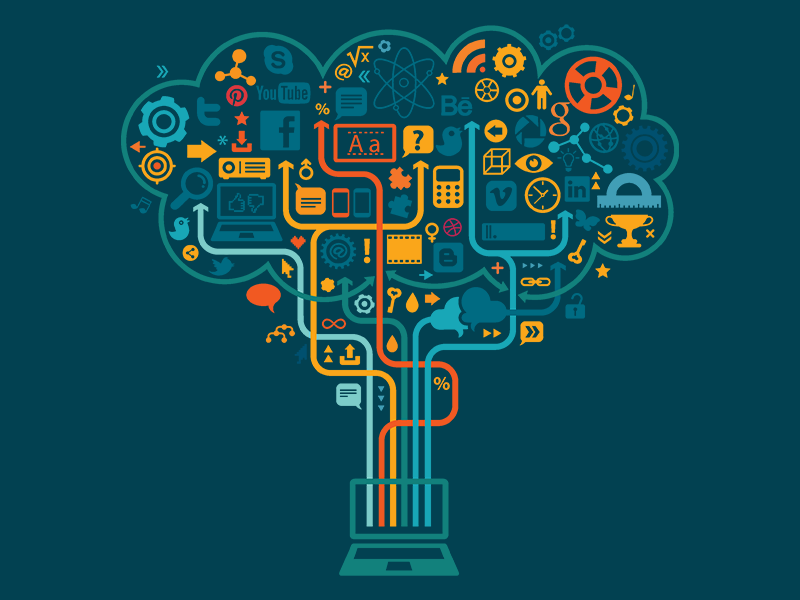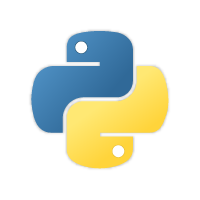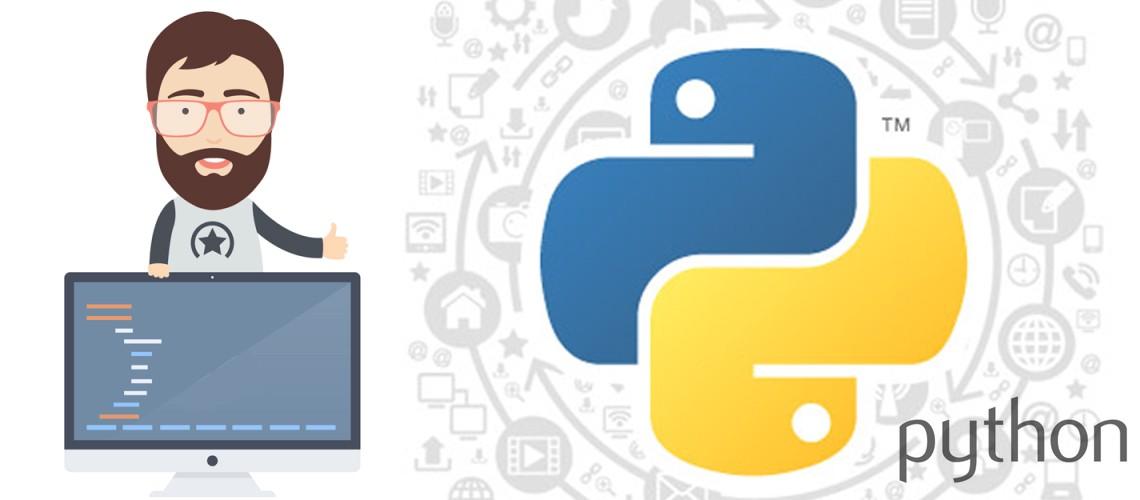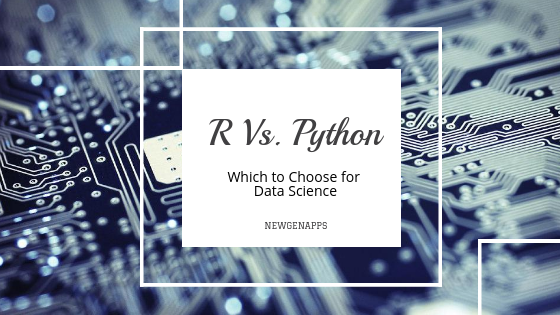

Every professional in the field of big data struggle to choose the right programming language for their project especially when they enter the field. Same is the case with businesses when they decide to leverage big data analysis. Choosing a language is a crucial decision as it is difficult to migrate a project once you start with the development. Among the popular choices in this context are R Programming, Python, Java, SAS etc. Though the choice of language depends upon individual use case there are many reasons that support Python as an ideal choice. In this blog we see why developers and business prefer Python for Big Data analytics and so should you.
Want to know more about Big Data? Catch the latest trends, innovations and use cases with our free eBook:
5 Reasons to Choose Python for Big Data Projects:
1. Less is More:
Python is known for making programs work in the least lines of code. It automatically identifies and associates data types and follows an indentation based nesting structure. Overall the language is easy to use and takes less time in coding. There is also no limitation to the data processing. You can compute data in commodity machines, laptop, cloud, desktop, basically everywhere. Earlier Python was argued to be slower than some of its counterparts like Java and Scala but with Anaconda platform it has caught up to speed. Hence it is fast in both development and execution.
Read More: Why Choose Python for AI Projects
2. Python’s Compatibility with Hadoop:

Hadoop is the most popular open-source big data platform and the inherent compatibility of Python is yet another reason to prefer it over other languages. The PyDoop package offers access to the HDFS API for Hadoop and hence allows to write Hadoop MapReduce programs and applications. Using HDFS API you can connect your program to an HDFS installation thus, making it possible to read, write and get information on files, directories, and global file system properties. PyDoop also offers MapReduce API for complex problem solving with minimal programming efforts. This API can be used to seamlessly apply advanced data science concepts like ‘Counters’ and ‘Record Readers’.
Read More: Elastic Search vs Hadoop for Big Data analytics
3. Ease of Learning:
Compared to other languages Python is easy to learn even for non-programmers. It makes an ideal first language due to three primary reasons - ample learning resources, readable code and large community. All these translate to a gradual learning curve with direct application of concepts in real-world programs. The large community also means that in case you get stuck there will be many fellow developers who will be happy to solve your issues.
Read More: R Programming vs Python for Data Science
4. Powerful Packages:
Python has a powerful set of packages for a wide range of data science and analytical needs. Some of the popular packages that give this language an upper hand include:
- NumPy - used for scientific computing in Python. It is great for operations relating to linear algebra, Fourier transforms, and random number crunching. It works well as a multi-dimensional container of generic data hence, can effortlessly integrate with many distinct databases.
- Pandas - a Python data analysis library that offers a range of functions for dealing with data structures and operations like manipulating numerical tables and time series.
- Scipy - library for scientific and technical computing. SciPy contains modules for common data science and engineering tasks like linear algebra, interpolation, FFT, signal and image processing, ODE solvers.
- Scikit-learn - useful for classification, regression and clustering algorithms like random forests, gradient boosting, k-means etc. It inherently compliments other libraries like NumPy and SciPy.
- PyBrain - it is short for Python-Based Reinforcement Learning, Artificial Intelligence, and Neural Network Library. PyBrain offers simple yet still powerful algorithms for Machine Learning tasks along with the ability to test and compare algorithms using a variety of predefined environments.
- Tensorflow - a Machine Learning library developed by Google’s team for research in deep neural networks. Its data flow graphs and flexible architecture allow operations and computation of data, with a single API, in multiple CPUs or GPUs in a desktop, server, or mobile device.
Along with these, there are other libraries like Cython to convert the code to run it in C environment that largely reduces runtime, PyMySQL to connect a MySQL database, extract data and execute queries. BeautifulSoup to read XML and HTML type data types and finally the iPython notebook for interactive programming.
Read More: Where does R fit in Data Science
5. Data Visualization:

Though Python toughest competitor R is better when it comes to data visualization, with recent packages Python has improved its offering in this space. We now have many cool APIs like Plotly and libraries like Matplotlib, ggplot, Pygal, NetworkX etc. that can create breathtaking data visualizations. You can even use TabPy to integrate Tableau and use win32com and Pythoncom to integrate Qlikview, both are popular big data visualization tools.
Python is a very popular language. Data scientists will easily find some people in every department like marketing, development, maintenance, customer service etc. who will have a working knowledge of Python. This bodes well for large enterprises where it is challenging to establish communication between different departments. Overall choosing Python is a win-win for businesses and data scientists.
If you are looking for data scientists to make sense out of your data then feel free to get in touch. With a love for innovative solutions and experience in the field of data analysis, we can handle a project of any size or complexity. Contact us today.

Python in 2019
With time, Python has managed to go to a whole new level. Over a decade, it has managed to gain huge importance in terms of the development world. In...

Future of Python in the industry
Over the years, Python has managed to sweep into the coding world and have managed to reach the top. It is one of the multi-paradigm and high-level...



